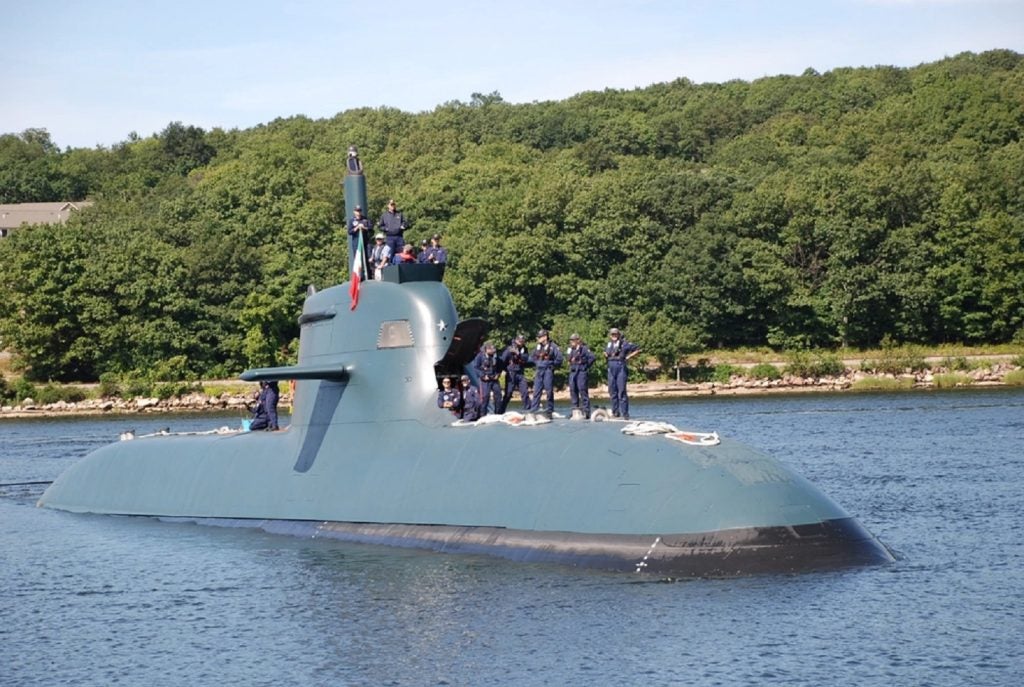Italy’s navy has provided an “integrated services centre” for Thales to manufacture sonar technologies for submarines in its La Speiza naval base on the Ligurian Sea.
Thales’ Service Centre will provide maintenance of sonars installed on minesweepers and frigates. The minehunters, operating out of La Speiza, forms the core of the navy’s current domestic mine countermeasures activities.
It is hoped that the facility will double the number of specialised resources currently employed among engineers, technicians and bid managers. The installation will cover an area of 1000 square metres and maximise availability to the navy and operational efficiency for each level of maintenance.
The frigates and minesweepers of the Italian Navy have been operating for years with Thales sonar suites with submarine surveillance capability. The centre will centralise all maintenance activities in a single dedicated organisation: from training to simulation; from the integration and installation of electronic and mechanical hardware; to the maintenance and testing.
Thales claims to provide its customers with an “ever-better service and support.” But this close proximity will have consequences that are far more beneficial to the Italian Navy than is expressed in the press release. This integrated service will cultivate a highly innovative testing ground for underwater capabilities. This not just a matter of closeness: it is also a platform for research and exploration.
GlobalData intelligence tells us that the global underwater warfare systems market, valued at $4.9bn in 2022 and projected to grow at a compound annual growth rate of 3.41% over the forecast period. It is expected to reach $6.8bn by 2032 and cumulatively value $64.9bn in the same period.
The market consists of six categories: torpedo, naval mine, sonar, torpedo countermeasure systems and decoys, sonobuoys, and uncrewed underwater systems. It is expected to be dominated by the sonar segment, which accounts for 58.8% of the market.









